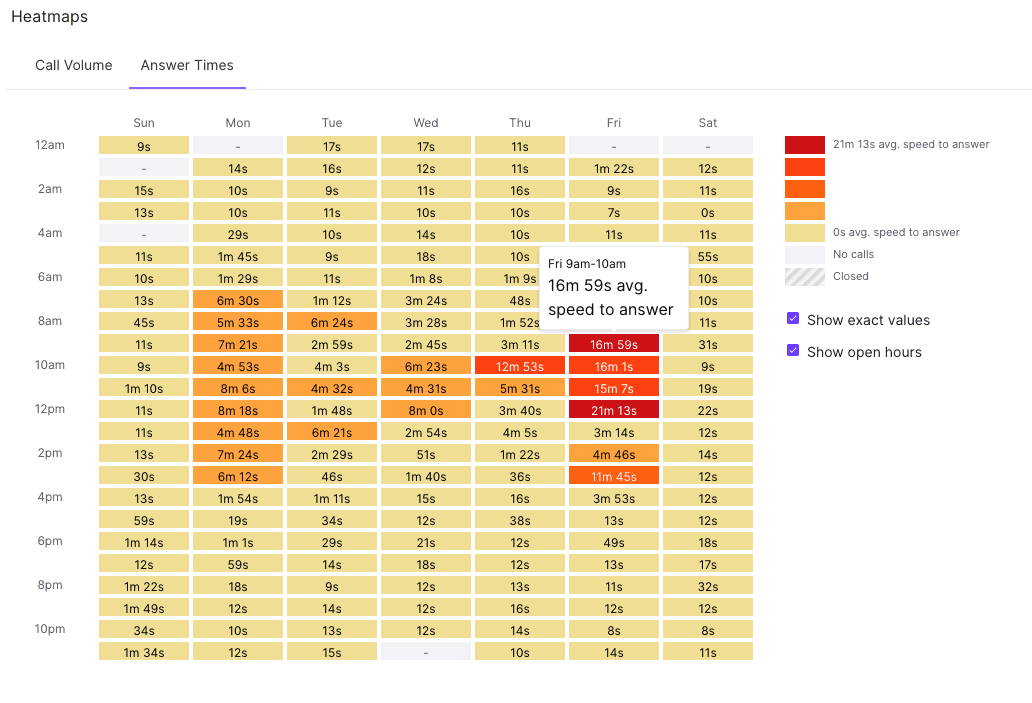After 1.5 hours on the phone with customer support, I really wish they used Dialpad Ai Contact Center

Robert Pleasant
Content Writer

Tags
Contact Center Operations
Share




Do you want to make sure your contact center never has a horror story like this?
Book a demo of Dialpad Ai Contact Center and see why it would have made such a big difference.








